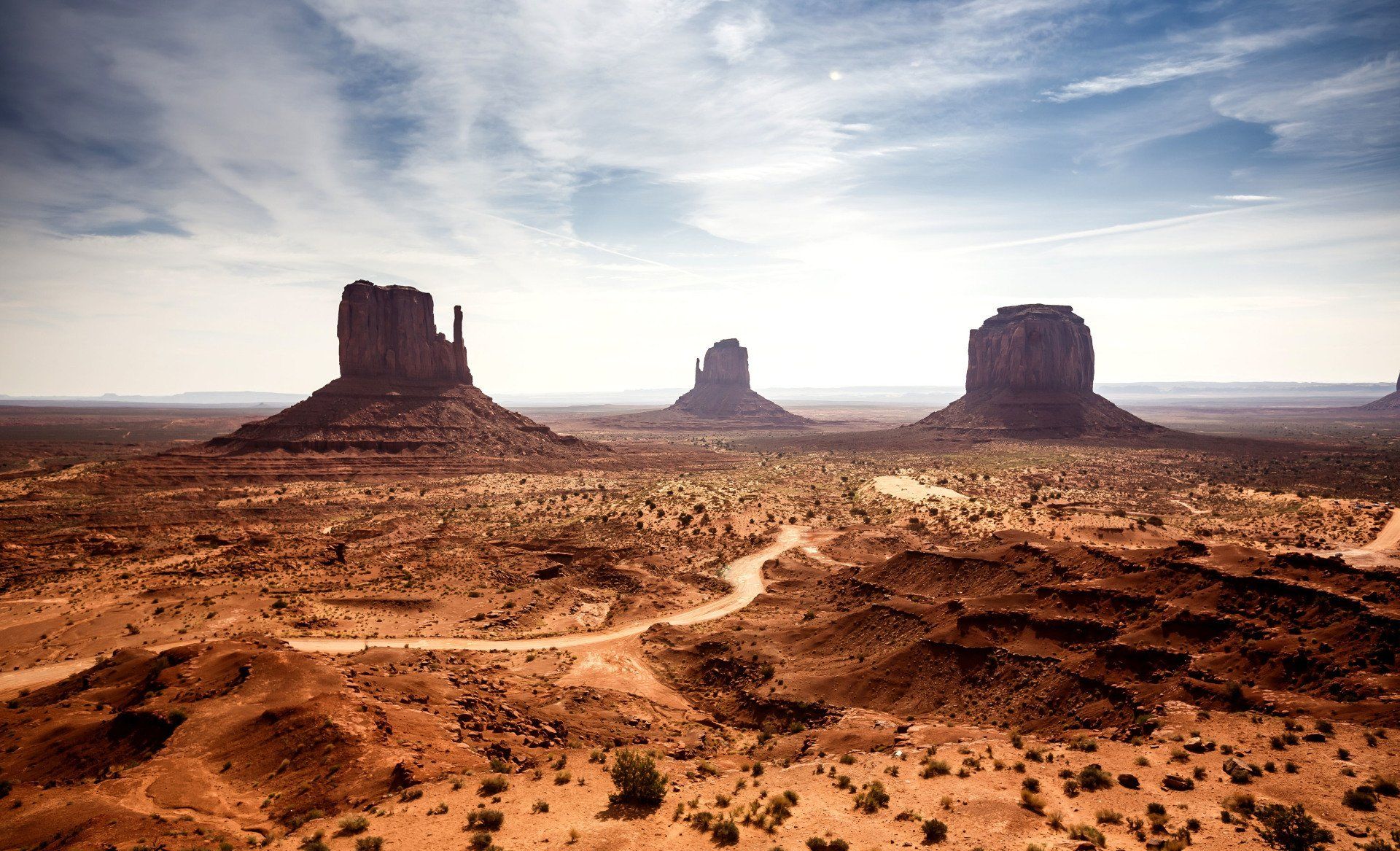A mineral lease is a legal document that defines the relationship between the mineral rights owner (lessor) and the producing or extracting party (lessee). It clearly outlines the rights and responsibilities of each party for a defined period.
It is essential that every mineral rights and royalty owner fully understands each term on their oil and gas lease forms. The following seven terms are vital points in any oil and gas lease, and the way we define each term in writing can be the difference between an advantageous lessee/lessor relationship and a legal headache.
1. Paid-up vs. Rental Leases
There are two types of mineral leases typically used today: paid-up leases and rental leases. The main difference between the two types of lease forms is the time at which bonuses are paid to the mineral rights and royalty owner.
A paid-up lease is the most common lease form you will see today. With a paid-up lease, the lessor receives the entirety of their lease bonus payment upfront. They get paid in full as soon as the lease is signed.
A rental lease, on the other hand, stipulates that the mineral lease is eligible for termination if delay rental payments are not promptly paid to the lessor every year, typically on the date of signing. Delay rental payments are annual quarterly or monthly rental payments made to maintain an oil and gas lease in lieu of drilling activities or production.
2. Effective Date
As the name implies, the effective date is the start date of the lease. However, keep in mind that this date can differ from the date of the lease signing. The effective date is important to note, as the lease can include a start date that is either much earlier or much later than the lessor thought.
3. Consideration (Lease Bonus)
A legitimate oil and gas lease will always include a consideration, also called a lease bonus. In general terms, the consideration is a type of compensation or bonus, part of which is paid to the lessor at the lease signing. The other portion is typically paid after completion of the title examination.
4. Leasing Clause
The leasing clause typically states that the lessee has the right to look for, develop, and produce minerals on the stipulated tract of land.
This section may also outline service use (roads, tanks, etc.) so it is important to pay attention to this section and negotiate accordingly.
5. Property Description
The property description is a property’s legal address. Texas property descriptions typically include a Section, Block, Township, Survey, Abstract and County. Descriptions vary from location to location and some may be metes and bounds only. Other states, including New Mexico, utilize Township & Range descriptions. The description ensures the leased tract of land is properly identified.
6. Term
The term is the full time a lease remains in effect, and it is subject to the fulfillment of factors stipulated in the lease. The timeframe is divided into two terms: primary and secondary. The primary term is a fixed period that is subject to rental delays. It usually lasts from five to ten years. The secondary term begins when the primary term concludes, and it continues for as long as the factors listed in the lease are met. These factors can include the start of operations, the production of minerals, continuous development, and more.
The language used to define the duration of the secondary term in a mineral lease can vary widely. For example, if your lands are pooled with other lands, the secondary term can be perpetuated by the production of oil or gas from those other lands. Some leases may provide that a producing oil or gas well may not extend the lease beyond the primary term for lands outside of a defined number of acres surrounding each well.
7. Royalty
A royalty stipulates the revenue percentage due to the mineral owner if resources are found and sold at market. A 12.5% royalty is typical of older leases, but for mineral leases in the most desirable areas, a 25% royalty is common.
The Takeaway
When it comes to your oil and gas mineral lease, remember that you have the power to negotiate. As a mineral rights and royalty owner, you have the final say in who gets access to your minerals, and how. Never feel pressured into signing a lease. Take your time gathering pertinent information, and never be afraid to seek advice from someone who understands mineral and royalty rights.
Although we do not offer legal advice and encourage mineral owners to seek the counsel of a licensed attorney who understands oil and gas leasing, Rock River Minerals can help answer questions which may arise regarding the leasing of your minerals. Call us at 432-223-4023 or contact us
here.
1 PDCE.com. (2019). Rental Payment Information. Retrieved from http://www.pdce.com/royalty-owners/rental-payments/#1542746799211-f87b9adf-87b2
2 MineralWise.com. (2019, August 28). Oil & Gas Lease Forms – Is There a Standard Form? Retrieved from https://www.mineralweb.com/oil-gas-lease-forms/
The content of this website is provided solely for general informational purposes, and not as legal or other professional advice.
The information on this website is not a substitute for, and does not replace the advice or representation of, a licensed attorney, certified public accountant or other professional. Although Rock River Minerals goes to great lengths to make sure the information on the website is accurate and up-to-date, we make no claim as to the accuracy of this information and are not responsible for any consequences that may result from reliance on the information contained in this website.
We recommend that you consult with a licensed attorney for assurance that the information on the website and your interpretation of it are appropriate for your particular situation. You should not rely on this website as a source of legal advice.


